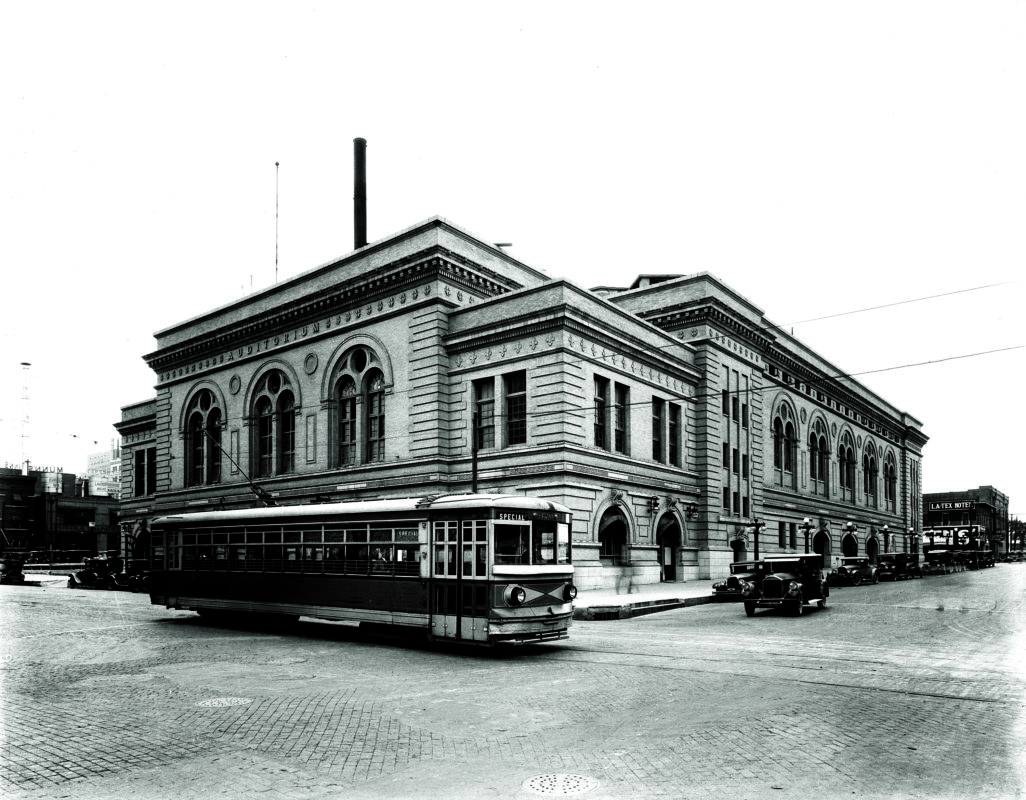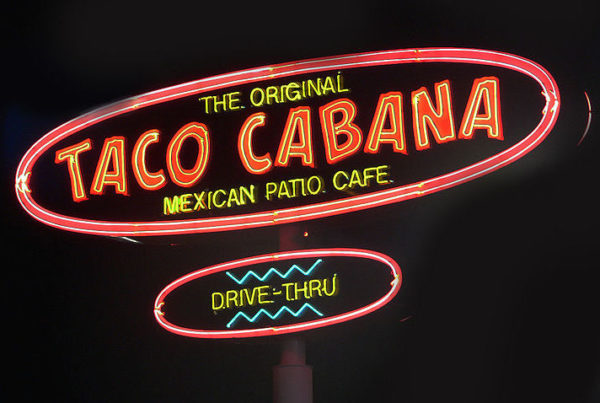From Houston Public Media:
October 2, 1966: Number one on the radio Billboard charts was Cherish by The Association, Lyndon B. Johnson was president, and a war was raging in Vietnam. Meanwhile in Houston, a new era for the arts was born.
“When Jones Hall opened in 1966, it became home to the Houston Grand Opera, the Houston Ballet, the Houston Symphony, and the Society for the Performing Arts,” says Steven Fenberg, who is a walking encyclopedia on all things relating to Houston entrepreneur Jesse H. Jones. He’s author of the book, Unprecedented Power: Jesse Jones, Capitalism, and the Common Good and also wrote and produced the Emmy Award-winning documentary, Brother, Can You Spare a Billion? The Story of Jesse H. Jones.
To know Jones Hall’s full story, we need to know a little about its namesake.
“Jesse Jones grew up on a tobacco farm in rural Tennessee; it was his family’s tobacco farm,” Fenberg says, adding that it was a pretty lucrative business for the Jones family. But Jones wanted to see what else the world had to offer. At the turn of the century, the 24-year-old came to Houston to manage his uncle’s massive estate of sawmills and lumberyards and quickly became one of the foremost developers of the city. “He realized quickly that he would prosper only if his community thrived and the leaders back then also understood that,” Fenberg says.
That brings us to 1910, when Jones served as building chairman for the construction of the City Auditorium. It was located on Louisiana Street between Texas and Capitol, where Jones Hall now stands. The multi-purpose facility was used for everything from symphony and ballet performances, to graduation ceremonies and even wrestling matches. Despite its stately presence on the outside, Fenberg says it was a “barn” of a building. “It was not air conditioned,” he explains. “Also, on occasion, the City Auditorium had rats. And if you wanted to sit front and center, you were sitting in a folding wooden chair.”

















